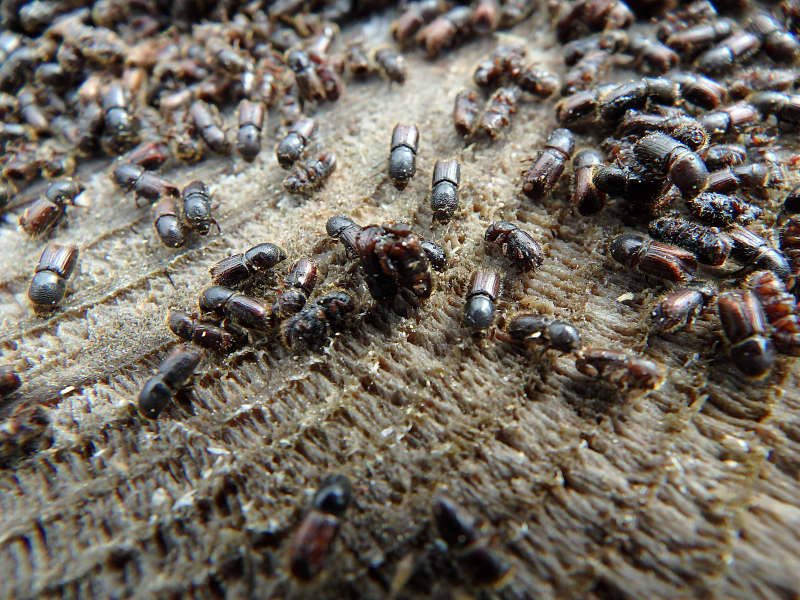The printer conquered the forest near Räätykänmäki in Riihimäki. The city responds to the forest pest with the old method.
Forest damage caused by insects is increasing in Finland. According to the Finnish Natural Resources Agency, last year there was more damage caused by bark beetles than in any previous year.
– All this was the result of the long, hot and, above all, dry summer of 2021. The printing press in particular benefits from climate change, Melin reminds.
Insect damage is caused at least by bark beetles, bookworms, spruce star borers, true multiple borers, core borers, pine beetles and wood borers.

Of these destructions caused by book printers are especially common in kuusikas. Riihimäki has a particularly bad printer problem in the Räätykänmäki district.
Riihimäki has decided to start a fight against the letterpress caterpillar. The city is testing the trap tree method tried in Europe by cutting down all the spruce trees in the forest east of Koppelintie. The pines are left.
The advantage of the trap tree method is that this way the city avoids using pesticides to eliminate pests.
Trap the pest
In the control, fir trees damaged by the bookworm and dead on the stand are first removed, from which the larvae have already left the soil. At the same time, biological traps are created for the larvae by cutting down a few healthy trunks.
The purpose is that the larvae of the pest move to felled trees when spring comes. The trunks are removed before the larvae have time to move from the felled trees to the growing trees

The non-harmful control is commonly called the trap tree method.
– It’s based on the fact that even though woodpeckers can fly several kilometers if they want, they always try to find a new host tree as close as possible. When the larvae there under the bark develop into young adults and leave the old tree, they look for a new tree as close as possible.
According to Melini, studies have found that easily more than 90 percent of young letterpresses remain less than 500 meters away from the tree where they developed after hatching.
– The trap tree method has been successfully tested specifically on small sites, because in them a person can direct the insects to gather in the trap trees, thus saving healthy trees. The method has not been able to prevent major destruction, but in places like Riihimäki it can be assumed to work, says Markus Melin from the Center for Natural Resources.
